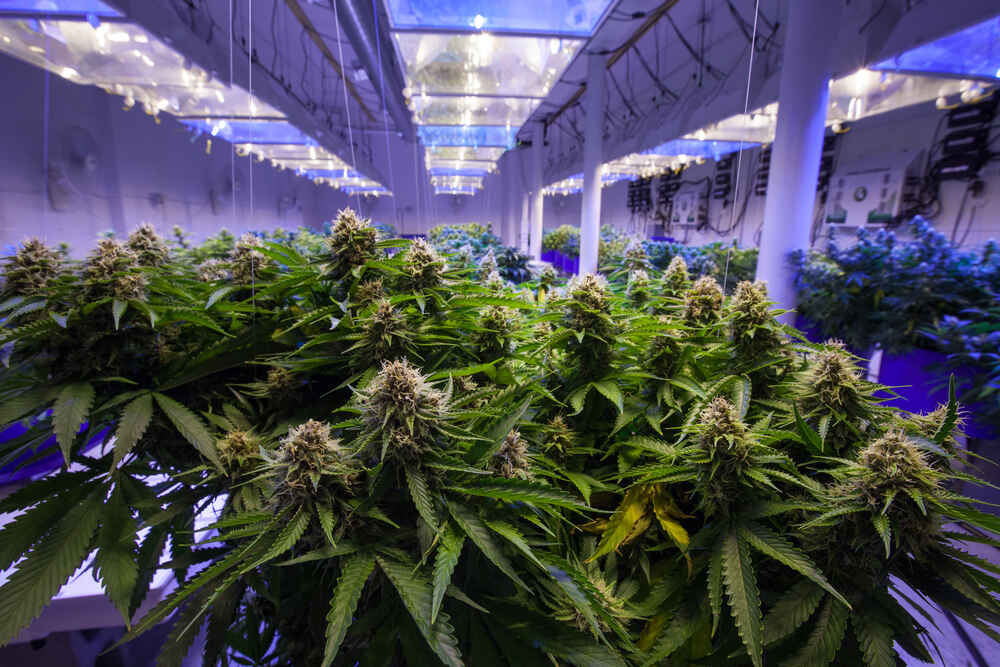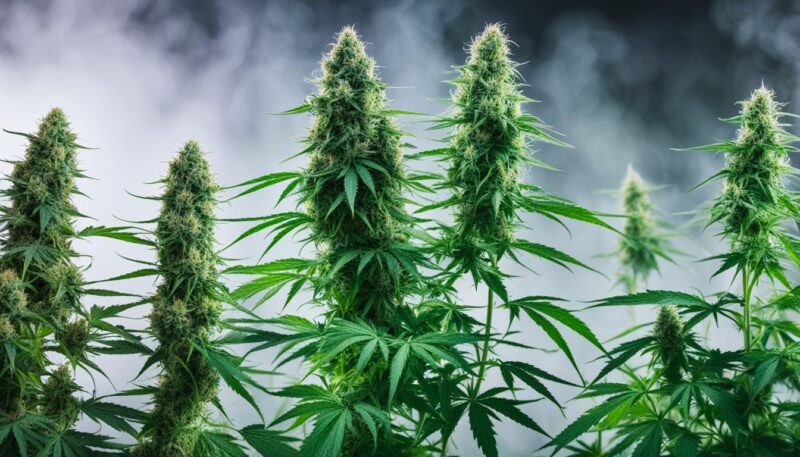When venturing into the world of cannabis cultivation, growers often find themselves at a crossroads, caught between the allure of autoflower seeds and the traditional charm of photoperiod seeds. Each seed type carries its own set of advantages and challenges, shaping the growing experience and the final yield.
Autoflower seeds, known for their incredibly rapid life cycle and ease of growth, offer a tempting proposition for novice cultivators and seasoned gardeners alike. On the other hand, photoperiod seeds present a more intricate relationship with light cycles, rewarding patient growers with robust plants and potentially higher yields.
So, which path should you take on your gardening journey? The decision ultimately hinges on your unique circumstances, preferences, and goals. Whether youre aiming for quick turnover or savoring the meticulous process of cultivation, understanding the nuances between these seed types is key to finding the right fit for your cultivation endeavors.
Introduction to Cannabis Seeds

Cannabis cultivation begins with a crucial decision: the choice between autoflower seeds and photoperiod seeds. Each type possesses unique characteristics that cater to different growing styles and environments.
Autoflower seeds, known for their ability to transition from vegetative growth to flowering based on age rather than light exposure, offer a level of simplicity that appeals to both novice and experienced growers alike. On the other hand, photoperiod seeds require careful attention to light cycles, allowing cultivators to exert more control over the growth process, often leading to larger yields.
Understanding these foundational differences is essential for anyone looking to embark on a cannabis-growing journey, as the right choice can significantly impact the overall experience and success of the endeavor. Whether you seek the efficiency of autoflowering strains or the versatility of photoperiod varieties, your path to cultivation begins with understanding what each breed brings to the table.
Understanding the Basics of Autoflower and Photoperiod Seeds
When diving into the world of cannabis cultivation, understanding the differences between autoflower and photoperiod seeds is essential for any grower looking to optimize their yield and experience. Autoflower seeds are unique in that they begin to flower automatically after a few weeks, regardless of the light cycle, making them an attractive choice for novices or those with limited space and time.
On the other hand, photoperiod seeds thrive on specific light schedules—typically requiring 12 hours of light and 12 hours of darkness to trigger their flowering phase. This necessitates a more hands-on approach, allowing for greater control over growth patterns and potentially higher yields.
Ultimately, your choice depends on your growing environment, experience level, and the kind of cannabis experience you desire. Would you prefer the simplicity of swift results with autoflower varieties, or the traditional approach that photoperiods offer, providing a canvas for more advanced cultivation techniques?
What Are Autoflower Seeds?

Autoflower seeds are a unique category of cannabis seeds that transition from the vegetative stage to the flowering stage automatically, independent of light cycles. Unlike their photoperiod counterparts, which require specific light conditions to trigger flowering, autoflowering strains typically start to bloom around 2 to 4 weeks after germination, regardless of day length.
This makes them particularly appealing for growers seeking quicker harvests and less complicated growing procedures. Imagine a plant that can flower in record time, thriving even in less-than-ideal light conditions! Moreover, these seeds are often smaller and more compact, which suits growers with limited space. With their resilient nature and ease of cultivation, autoflower seeds stand out as a popular choice for both beginners and seasoned cultivators looking to optimize their grow cycle.
What Are Photoperiod Seeds?

Photoperiod seeds refer to a type of cannabis seed that relies on changes in light exposure to trigger the flowering stage of the plant\’s growth cycle. Unlike their autoflowering counterparts, which transition to flowering based on age, photoperiod seeds require a specific light schedule—typically 12 hours of light followed by 12 hours of darkness—to initiate bud development.
This dependence on light conditions allows growers to exercise greater control over the growing environment, enabling them to optimize their plants for desired traits, such as yield and potency. However, with this added control comes a level of complexity, as cultivators must carefully manage lighting and timing to avoid issues like revegetation or overly compact growth.
For those willing to invest the effort, photoperiod seeds can reward them with robust and high-quality harvests.
Conclusion
In conclusion, choosing between autoflower seeds and photoperiod seeds ultimately depends on your specific needs, growing environment, and available time. Autoflower seeds offer the advantage of a simpler growing process and faster harvest cycles, making them ideal for beginners or those seeking a quick yield.
On the other hand, photoperiod seeds provide greater control over the plants growth cycle and can yield larger harvests, appealing to more experienced growers. By assessing factors such as your level of expertise, space, and cultivation goals, you can make an informed decision that aligns with your preferences.
Whichever type you choose, understanding the unique characteristics of each will help you optimize your cultivation experience and achieve your desired results.


